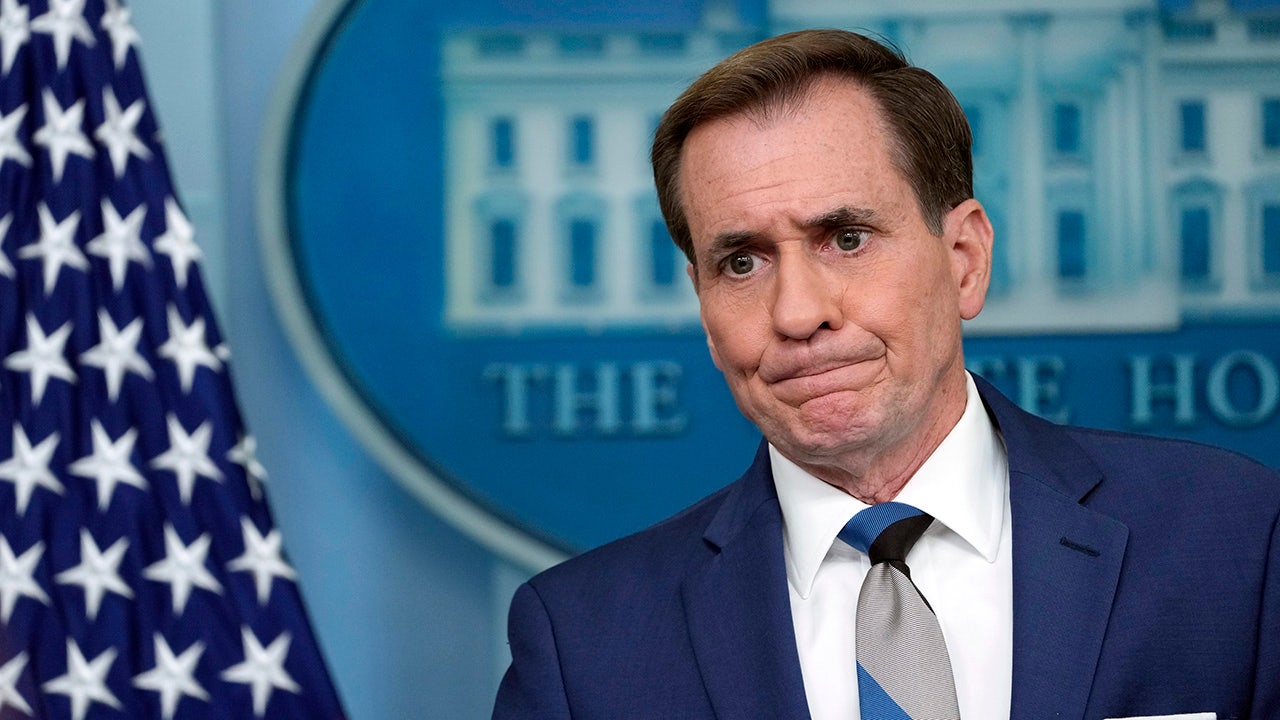Introduction
Drones have rapidly integrated into various facets of American life, from aerial photography and agricultural monitoring to search-and-rescue operations and delivery services. As technology progresses, so does the presence of drones in the skies across the United States. Recently, a top White House official stated that these unmanned aerial vehicles (UAVs) pose no public safety risks, igniting a lively debate over their legality and implications for citizens and policymakers alike. This article aims to unravel the complexity surrounding drone technology, exploring its benefits, potential risks, and the regulatory landscape that governs their use in U.S. airspace.
The Rise of Drone Technology
Over the past decade, drone technology has advanced significantly. Initially used predominantly by the military, drones have found civilian applications in numerous sectors. According to the Federal Aviation Administration (FAA), the number of registered drones in the U.S. has surpassed 1.7 million, and this figure continues to grow. The versatility of drones is evident in their use for:
- Agriculture: Drones are employed for crop monitoring, pesticide spraying, and soil analysis, leading to more efficient farming practices.
- Delivery Services: Companies like Amazon and UPS are testing drone delivery systems to enhance logistics and reduce delivery times.
- Public Safety: Drones assist in firefighting, search and rescue missions, and disaster response efforts.
- Entertainment: Drones are increasingly popular for filming movies, sporting events, and aerial photography.
Safety Concerns and Public Perception
Despite the numerous advantages, the proliferation of drones has raised significant safety and privacy concerns among the public. Critics argue that drones can pose risks such as:
- Collision Risks: With more drones in the sky, the potential for mid-air collisions with manned aircraft increases, particularly near airports.
- Privacy Invasion: Drones equipped with cameras can infringe on individuals’ privacy, leading to fears of unwanted surveillance.
- Malicious Use: Drones can be weaponized or used for illegal activities, such as smuggling or unauthorized surveillance.
Recent surveys indicate that public opinion on drones is mixed. While many acknowledge their benefits, a significant portion of the population remains wary of their safety and privacy implications. A 2022 Pew Research Center study found that 62% of Americans believe that drones would lead to more privacy violations than safety improvements.
Regulatory Landscape and Legal Framework
The legal framework governing drone usage in the U.S. is primarily managed by the Federal Aviation Administration (FAA). The FAA has implemented several regulations, including:
- Registration Requirements: All drones weighing over 0.55 pounds must be registered with the FAA.
- Flight Restrictions: Drones are prohibited from flying above 400 feet and within five miles of airports without prior authorization.
- Remote Pilot Certification: Commercial drone operators must obtain a Remote Pilot Certificate, ensuring they understand airspace regulations and safe operation practices.
Additionally, the FAA has been working with various stakeholders, including law enforcement and local governments, to develop guidelines that address the unique challenges posed by drone technology. The recent push for drone regulations highlights the need for a balance between innovation and safety.
Technological Solutions for Safety
As drone technology evolves, innovative solutions are being developed to mitigate safety concerns. Some notable advancements include:
- Drone Traffic Management Systems: Companies like AirMap and NASA are working on systems to manage drone traffic in crowded airspaces, reducing collision risks.
- Geofencing Technology: Many drones are now equipped with geofencing capabilities that prevent them from entering restricted areas, such as airports and military bases.
- Anti-Drone Technologies: As the risks of malicious drone use increase, security firms are developing technologies to detect and neutralize rogue drones.
International Perspectives on Drone Usage
The U.S. is not alone in grappling with the implications of drone technology. Other countries have adopted various approaches to manage drone operations. For instance:
- European Union: The EU has implemented a comprehensive regulatory framework that includes strict privacy protections and operational guidelines for drone operators.
- China: China has rapidly developed its drone industry and has established strict regulations to manage drone operations and maintain public safety.
- Australia: Australia has embraced drone technology, allowing for its use in various sectors while enforcing regulations to ensure safety and privacy.
These international approaches provide valuable insights into the potential paths the U.S. could take in regulating drone technology while balancing innovation and safety.
Conclusion
The debate surrounding drones in U.S. skies is multifaceted, encompassing safety concerns, legal implications, technological advancements, and international perspectives. While a top White House official asserts that drones pose no public safety risks, the reality is more nuanced. As drone technology continues to evolve, it is crucial for citizens and policymakers to engage in informed discussions that address both the benefits and potential risks. Regulatory frameworks must adapt to keep pace with innovation while ensuring that the safety and privacy of the public are prioritized. Ultimately, the future of drones in the U.S. will depend on a collaborative effort between government agencies, industry stakeholders, and the public to harness their potential responsibly.
See more Future Tech Daily

